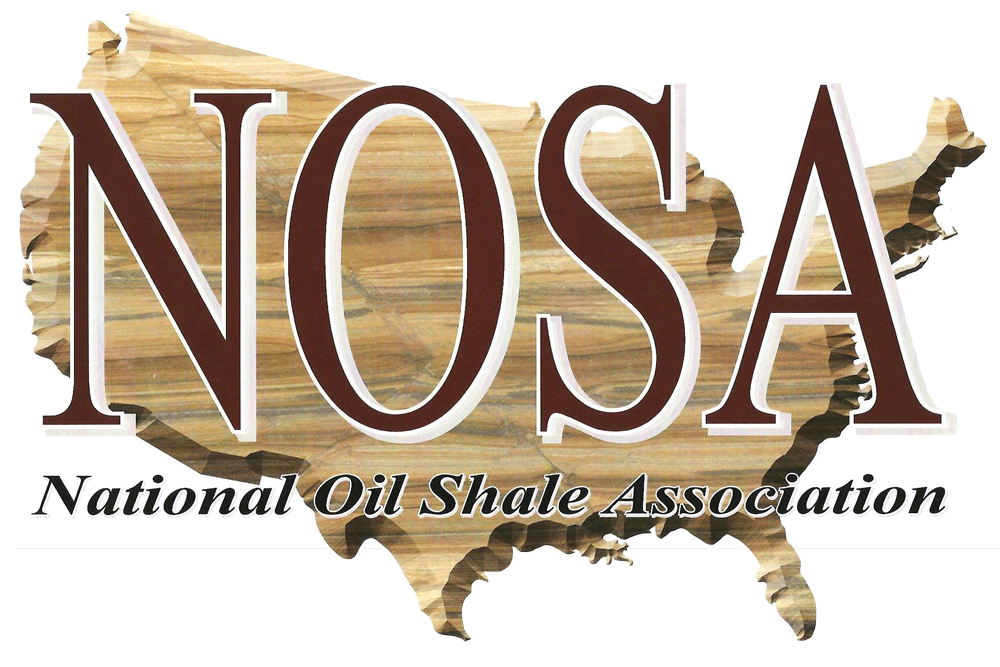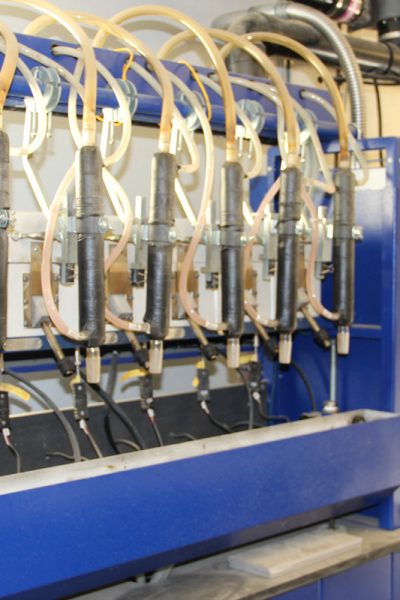U.S. Oil Shale History
Over the past 100 years there have been projects designed and built that have demonstrated different retorting technologies to produce liquid oil and natural gas from our domestic oil shale rocks.
Many of these were demonstrated successfully and could be employed in large, commercial operations, when it becomes economical to do so.

